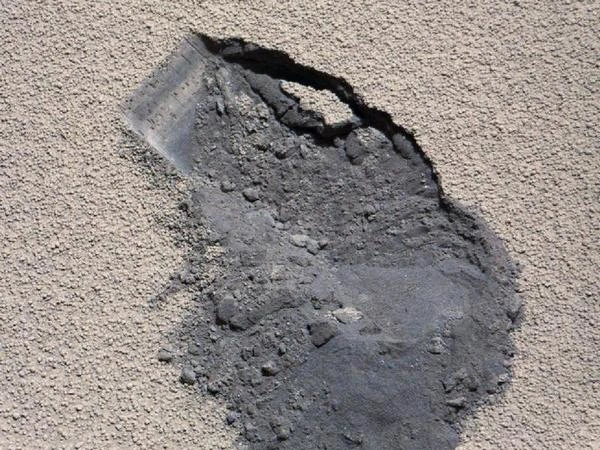
The Curiosity rover, the main mission of NASA's Mars Science Laboratory program, landed on Mars on August 6, 2012, in the Gale Crater, a 154 km diameter depression located just south of the Martian equator. The mission's objective is ambitious: to determine whether Mars has ever been able to host life by analyzing the planet's geology, atmosphere, and chemistry.
Just minutes after landing, the rover sent its first images of the Martian surface. These shots, captured by the rear HazCam camera, show a rocky, dusty surface characteristic of the Martian environment. The thin atmosphere, filled with ferruginous dust, gives the light an ochre tint that dominates all the photos taken by the onboard sensors. These first images, though rudimentary, confirmed that Curiosity was in good condition and ready to begin its scientific exploration.
Curiosity is a true mobile laboratory weighing nearly 900 kg. It is equipped with 10 scientific instruments, distributed between the mast, the robotic arm, and the rover's chassis. Here is a technical presentation of the main instruments:
These instruments allow Curiosity to conduct a very thorough in situ analysis of the Martian environment. The rover has notably confirmed that the Gale Crater once hosted a lacustrine environment with conditions conducive to microbial life.
In 2012, the Curiosity rover marked a historic milestone in space exploration. Thanks to its advanced technologies and robust architecture, it demonstrated that the automated exploration of Mars could achieve a high degree of scientific complexity. The first data sent back to Earth is already of unprecedented richness, revealing a wetter and potentially habitable Martian past. Curiosity thus lays the foundation for future Martian missions, particularly those aimed at human exploration, by providing a more precise and nuanced portrait of the Martian environment. It established itself, from its inception, as an essential milestone in exobiology and planetary geology.